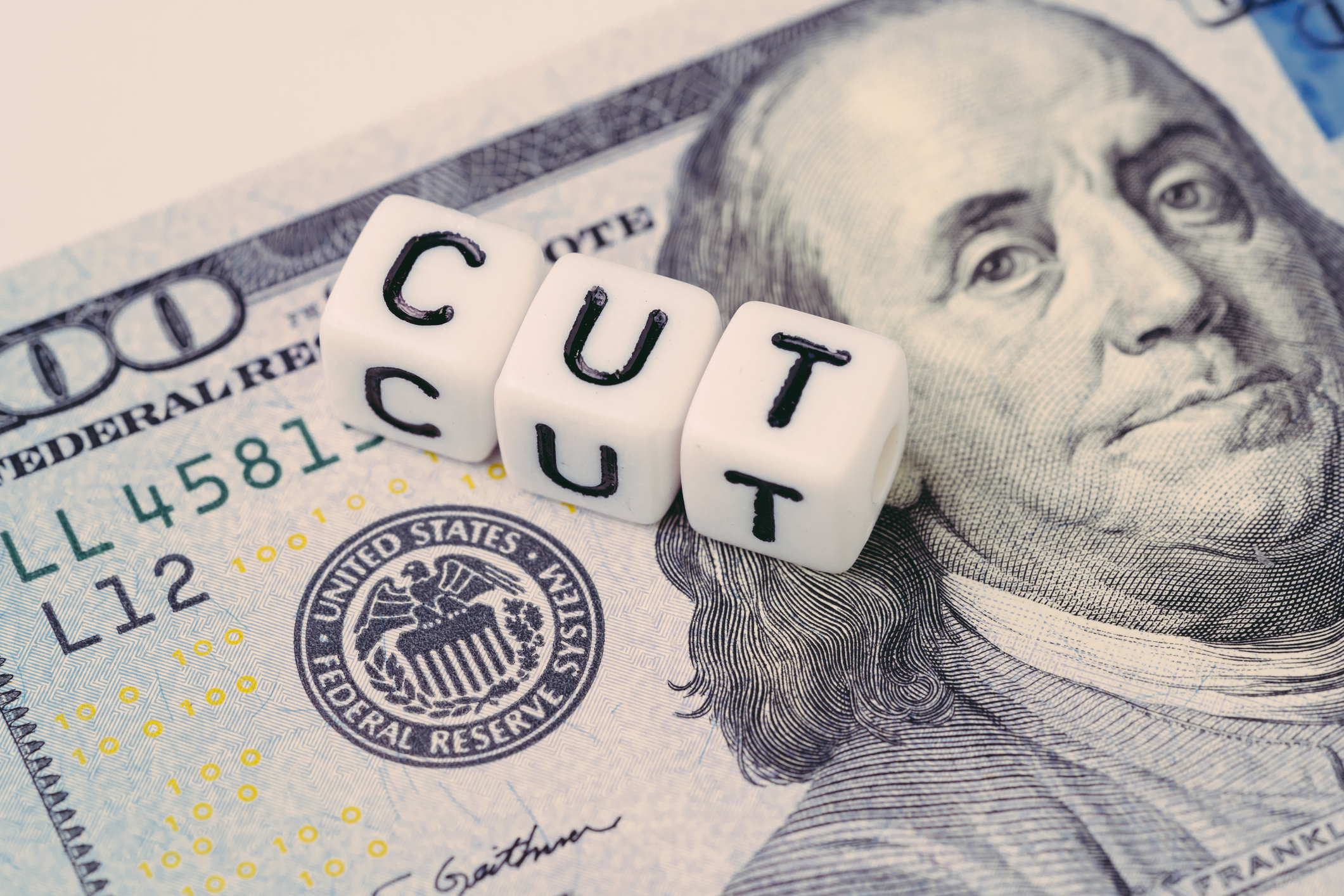October Market Update: Rate Cuts and Bull Markets

Finally! For the first time in more than four years, on September 18, the Federal Reserve (Fed) cut interest rates. While the debate over how big the cut would be was settled (a half point, not a quarter), questions about where the Fed will go from here and what it might mean for the economy and markets will continue.
The Fed matters, but let’s consider the possibility it’s been getting too much attention. Since the Fed’s announcement, the 10-year yield has risen, not fallen. This move reflects the fact that the bond market had already priced in an aggressive rate cutting cycle — one that may take the Fed’s target federal funds rate from its current 5% down to 3% by the end of 2025. Unless a recession drags rates lower, which we don’t expect anytime soon, the boost to the economy from lower borrowing costs (e.g., on mortgage rates, auto loans, etc.) may be mostly behind us.
Stocks also factor in rate cuts in advance. The S&P 500 stock market benchmark gained 24% during this latest Fed rate pause (from the last hike on July 27, 2023, until September 17, 2024). That marked the best stock performance during a Fed pause in at least 50 years, covering nine cutting cycles. But now that rate cuts have begun, history tells us more modest returns may be in store. On average, during the year after initial rate cuts, stocks produced only mid-single-digit returns.
The economy is the key to better potential returns. During the first year of a rate-cutting cycle accompanied by a growing economy, (e.g., no recession) stocks tend to generate above-average gains. The S&P 500 gained 14% on average during those 12-month periods. If a soft landing is achieved — perhaps more likely than not, but not assured — further gains for stocks could lie ahead.
Even if recession risk is low, policy risk is high with the November election just a month away. The uncertainty around policy outcomes has historically caused market volatility in the weeks leading up to elections. Stocks did just fine this September, gaining 2% during the historically weak month. The steady rise suggests markets are focused more on the still-growing economy, falling inflation, and rising corporate profits. However, with several trillion dollars of expiring tax cuts to be negotiated next year, unsustainable deficit spending as far as the eye can see, and tense trade relations with China, don’t be surprised if market volatility picks up — regardless of what happens on November 5.
The bull market will likely continue as the economy expands, but a pullback is likely overdue. Stocks reflect a lot of good news. The policy and geopolitical backdrops remain challenging. Job growth is slowing, and the cumulative effects of inflation have taken a toll.
As always, if you have any questions about your current portfolio or how a fiduciary might help you reach your financial aspirations, please give us a call. We are always happy to help.
 ASHLEY ROSSER, PRESIDENT
ASHLEY ROSSER, PRESIDENT
Prior to her career in the financial services industry, Ashley earned her Bachelor of Science in Nursing from Cedarville University.
Ashley decided to make a career change from her ten years within the healthcare industry as a pediatric emergency room nurse to retirement and 401K investment planning. She joined Victory Fiduciary Consulting in 2008 after obtaining her Series 65 professional financial license and went on to earn her AIF (Accredited Investment Fiduciary) professional designation from the Center for Fiduciary Studies.












